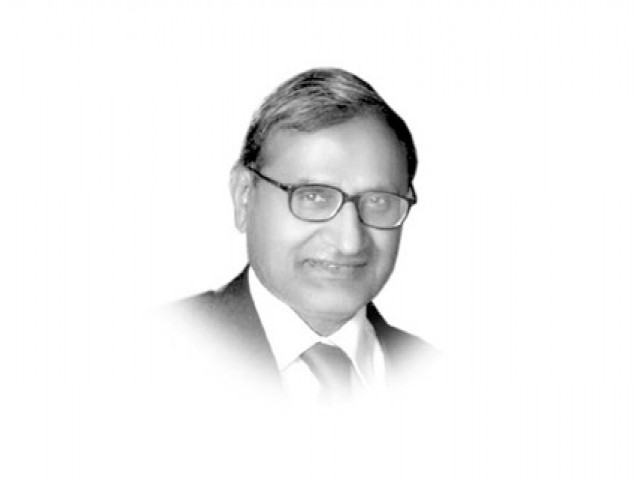Withstanding the pressure economically
A slowing world demand & domestic economic difficulties are impacting exports, while import bill continues to rise.

In the first four months of the current fiscal year, export of goods financed only 61 per cent of imports. Services performed slightly better. Their exports financed 64 per cent of the import of services. Together the deficit on goods and services comes to $6,227 million. A nation committed to pursuing its self-interest must focus on increasing exports and reducing inessential imports. On the basis of the foreign exchange receipts data of the State Bank of Pakistan for July-October 2011, the three largest export partners are the United States (17.2 per cent), the UAE (8.4 per cent) and Afghanistan (7.2 per cent). On the import side, the top three partners are the UAE (17.7 per cent), Saudi Arabia (13 per cent) and China (9.9 per cent). Except for China, with whom we have a large trade deficit; all other countries are likely to be on the other side of our new policy stance. A slowing world demand and domestic economic difficulties will have their own impact on exports. On the import side, the largest share in October this year was of oil at 31.7 per cent and about the same for machinery and intermediate goods. There may be room for saving in the former, through effective conservation, but the latter are necessary to run the wheels of industry. Food related imports are about 15 per cent of the total, while vehicles and textiles constitute another 10 per cent. These are obvious cases for economisation.
To the deficit in goods and services must be added, the payments of $470 million as interest and $260 million in profits and dividends. After some necessary adjustment, the deficit rises further to $7,115. A massive reduction in this deficit occurs due to remittances of Pakistanis abroad, a hefty $4,315 million. These may also be subjected to sanctions by a world bent upon tightening the noose. All told, there was a current account deficit of $1,555 million to be financed. An idea of the already deteriorating economic situation can be had by the fact that, this deficit is nearly three times the deficit in July-October 2010. The deficit is financed through external inflows on the capital and financial accounts. Only $20 million were received in project grants in the capital account and the financial account, itself, was in the red to the tune of $113 million. In this account, an amount of $374 million was disbursed in long-term loans, which was less than the amortisation of $387 million. Amortisation of $100 million against short-term loans was in addition. These sources are likely to dry up. Foreign direct investment is a non-debt creating financing item. It was only $340 million, down from $471 million in the comparable period last year. Portfolio investment was negative $101 million compared to the positive $102 million in the corresponding period last year. The climate for foreign investment could not be any worse. Foreign exchange reserves, though still not in the danger zone, are under serious pressure. From $14,776 million on July 11 of this year, net reserves with the State Bank fell to $13,322 million on October 11. On November 11, the reserves were $13,269 and on November 25, they were further down to $13,122 million.
Pakistan’s addiction to aid is well known, making her economic growth cyclical: it rises with aid and collapses without it. The present phase under the democratic dispensation is an exception. Aid inflows have failed to spur growth. Are we heading for a non-democratic regime seeking growth without aid for the first time in our history?
Published in The Express Tribune, December 9th, 2011.














COMMENTS
Comments are moderated and generally will be posted if they are on-topic and not abusive.
For more information, please see our Comments FAQ